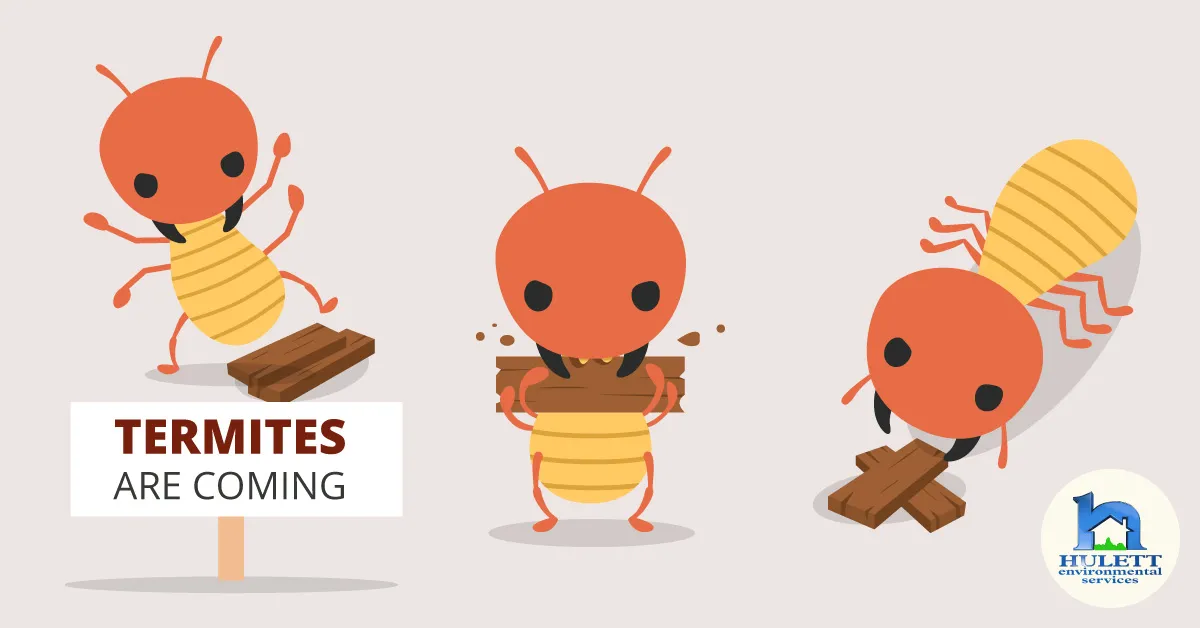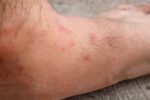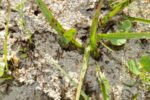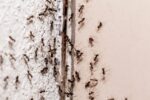
Brace Yourself, Termite Season is Upon Us
According to the National Pest Management Association (NPMA), the southeastern US is bracing for a heavy termite season, as the weather starts to get warmer and spring approaches. The pest control resource pointed to the southeast as a “particularly prevalent place” to encounter these wood-eating “silent destroyers” who can “chew through wood, flooring, and wallpaper without any immediate signs of damage.” The NPMA goes on to say that “termites cause more than $5 billion each year,” adding the kicker that these are “costs typically not covered by homeowners’ insurance.” The NPMA stresses the importance of homeowners knowing what types of termites are active in their areas and how to prevent them from causing damage to your home. Additionally, noting the importance of trusting your termite suspicions to a pest control professional as opposed to taking on the termite fight yourself, the NPMA throws the spotlight on several types of termites South Florida residents may be dealing with this spring.
Subterranean Termites
The hotter the climate, the more subterranean termites you’re likely to encounter. While extremely common in southern states, South Florida is now under siege, by not only native subterranean termites but also two more aggressive species from southeast Asia, Formosan and Asian subterranean termites. “By far the most destructive termite species,” invasive subterranean termites live in a network of underground nests, populated by up to 2 million members in a colony. Accessing your home from mud tunnels used to transport food, worker class subterranean termites bite off small pieces of wood to feed the expanding throngs of colony members. Due to their aggressive natures, Formosan subterranean termites can collapse an entire building in a lot less time than drywood termites and native subterranean termites. Formosan termites also infest trees, shrubs, utility poles, timber, railroad trusses and have even been found on boats in the Florida Keys. The average Formosan termite colony can consume a one-foot 2×4 in less than a month.
- Tell-tale signs of subterranean termite activity
- Earthen tunnels running from the ground to walls near foundations
- Earthen tunnels running up trees and utility poles
- Hollow sounding live trees
Drywood Termites
Drywood termite colonies are much smaller than subterranean colonies, with around 2,500 members. Primarily attacking walls, flooring, and furniture, drywood termite infestations can take a while to discover because these pests live inside the structures they are infesting. Termites usually enter homes through direct ground to wood contact or through water-damaged wood. Because drywood termites can survive with only the water in the wood they eat, they have been found infesting eaves, soffits and other wooden areas on upper stories of homes and other buildings. Drywood termites can be problematic to treat as they can form more than one colony within the same structure.
- Tell-tale signs of drywood termite activity
- Signs of swarming indoors
- Presence of “frass,” piles of sawdust-like pellets, excreted by dry wood termites
- Hollow sounding floors, walls, and furniture
- Buckling walls and floors that can resemble water damage
Conehead Termites
Resembling subterranean termites by their habit of building mud tubes, conehead termites, currently confined to Broward County are named for the dark brown, pointy heads of the soldier caste that dispenses a sap-like substance conehead termites spray at predators, such as ants, lizards, and other termites. These hungry and highly destructive pests build free-standing nests on the ground and in structures, as well as in trees. With nests up to 3 feet in diameter, with a hard, chewed wood surface, conehead termites forage on the ground, allowing them to move faster than subterranean termites who can only move wood through tubes underground.
- Tell-tale signs of conehead termites
- Dark brown tubes running up trees on the ground or up walls of structures
- Large, round nests in trees, on the ground or on structures
Termites require professional control protection year round
In South Florida, where termites come with the territory, it is essential to connect with a professional pest control company who has your back against termites. Our 45 years of experience as a leader in South Florida’s pest control community has earned us a ranking as one of the top 20 pest control companies in the US. Using sustainably responsible baits and the most effective materials and technology, our licensed and certified technicians create a protective boundary around your South Florida home. Get ready for this spring, with a free in-home termite evaluation and take advantage of Hulett’s $100 off coupon for termite control. Just call Hulett!




